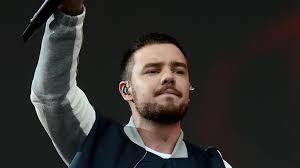
What Liam Payne’s Silence Tells Us About Celebrity Burnout
Liam Payne once stood at the center of a global pop phenomenon. As a key member of One Direction, his voice rang through stadiums, and his face was plastered across billboards, magazines, and bedroom walls. But after years of lights, noise, and nonstop demand, something changed. The music paused. And so did Liam.
In the months leading up to his death in October 2024, fans noticed a growing stillness. Fewer public appearances. Sporadic social media updates. Cancelled performances. It wasn’t just absence—it was silence. And in that silence, something was speaking: the toll of celebrity burnout.
Unlike many of his peers, Liam was open about his struggles. He spoke candidly about addiction, depression, and the pressures that come with fame at a young age. Behind the polished image was a man wrestling with trauma that fame only magnified. At times, he seemed to be healing. At others, he seemed to be fading.
The heartbreaking truth is that Liam’s story isn’t unique—it’s just one more in a string of artists burned out by an industry that rarely allows time to breathe. Success in the entertainment world demands not just talent, but endless performance—on stage, online, in public and private life. For Liam, the weight of constantly being “on” eventually became too much.
His silence, in hindsight, wasn’t just a break—it was a cry for space. For rest. For something real. And now, in the aftermath, fans and fellow artists alike are left to reckon with the cost of ignoring those signs.
Liam Payne gave so much of himself to the world. His voice, his energy, his youth. And when he needed that same world to listen—to his pain, his exhaustion—it barely heard him.
Let his story be more than a tribute. Let it be a lesson. That even the brightest stars need room to dim, to heal, and to be human.
Be the first to comment